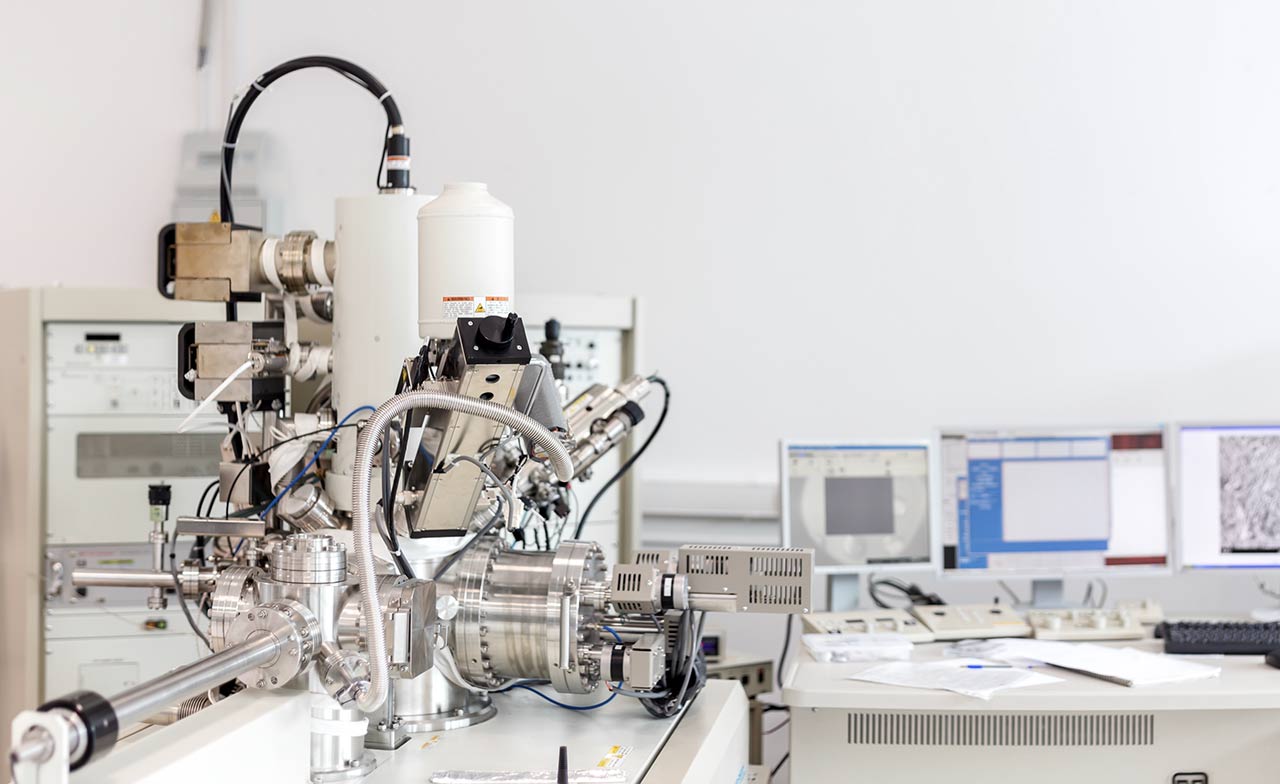Are there any animals that can photosynthesise? If so how?
A discussion of photosynthetic animals, and how they develop and function, with specific reference to Elysia chlorotica.
Question
Are there any animals that can photosynthesise? If so how?
Answer
At present, the only known photosynthetic animals are all sea slugs. The best known is Elysia chlorotica, or the eastern emerald elysia. This is a smallish (~6cm) sea slug that lives off the eastern coast of the USA. The adults contain many chloroplasts and can sustain themselves solely through photosynthesis for ~9 months of their 11-month lives [1]. The young are born with no chloroplasts at all, and so must acquire them.
The young _Elysia _hatch in late spring and feed on a specific algae, Vaucheria litorea. When feeding, they puncture individual cells and suck out the contents, including the chloroplasts. Once inside the digestive system, the chloroplasts are absorbed into the sea slug’s cells by phagocytosis, and displayed in the specialised diverticula (thin branches of the intestine) [1]. These are only one cell layer below the upper surface of the sea slug – the optimum position for photosynthesis.
Although there are several other species of marine mollusc that can take up chloroplasts, most of these still cannot photosynthesise. This is because chloroplasts were once free-living photosynthetic bacteria, and so contain their own genes and small genomes. However, chloroplasts have now been associated with their hosts for so long that many of their genes have translocated to the host genome, and most chloroplasts now contain only 10% of the genes they need to function. As the marine snails don’t possess these genes, the chloroplasts only serve as camouflaging pigmentation. However, _Elysia _are also infected with a retrovirus [2], which facilitates the horizontal gene transfer of the necessary genes from the algae to Elysia’s genome, allowing the chloroplasts to continue functioning inside the sea slug for up to 9 months.
Sadly, viruses do not behave altruistically. Shortly after _Elysia _lay their eggs in the spring, the virus present in all their tissues suddenly activates, rapidly degrading the animal and causing mass synchronised death of the adults [3]. This virus disseminates into the seawater, allowing the infection and subsequent photosynthesis of the next generation of Elysia.
References
[1] Rumpho, M. E., Pelletreau, K. N., Moustafa, A. and Bhattacharya, D. (2011) The making of a photosynthetic animal. Journal of Experimental Biology, 214(2): 303–31
[2] Marilyn J. Roossinck, (2011) The good viruses: viral mutualistic symbioses. Nature Reviews Microbiology 9, 99-108
[3] Mondy, W. L. and Pierce, S. K., (2003) Apoptotic-like morphology is associated with annual synchronized death in kleptoplastic sea slugs (Elysia chlorotica). Invertebrate Biology 122(2): 126-137.
